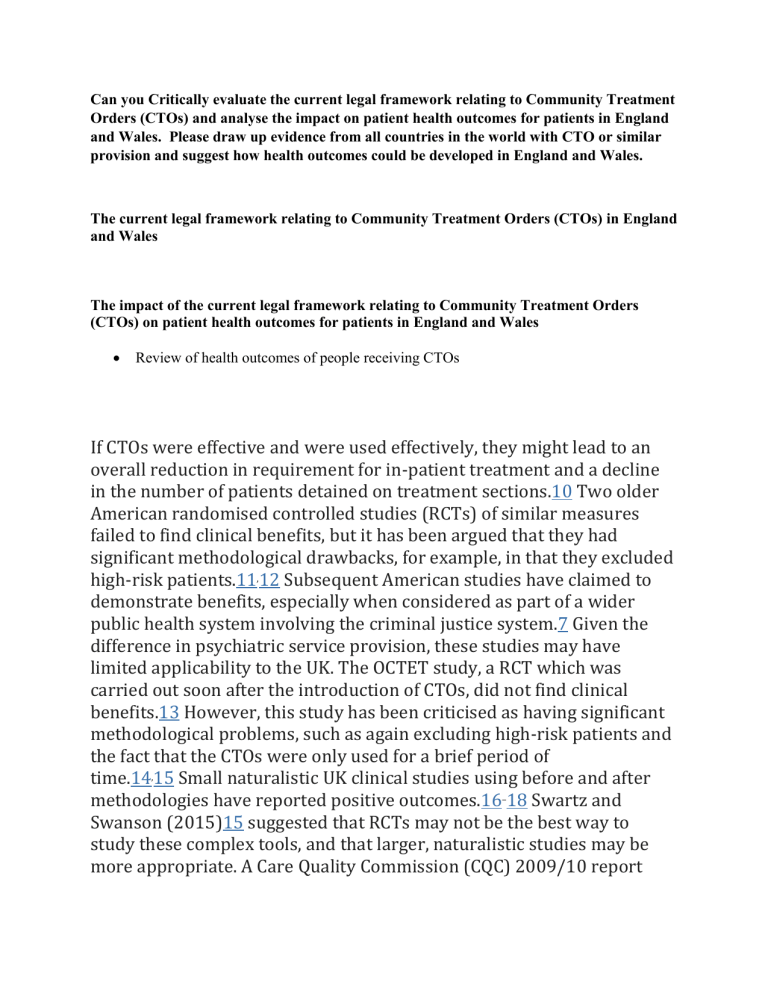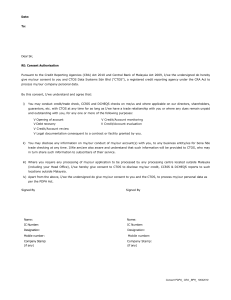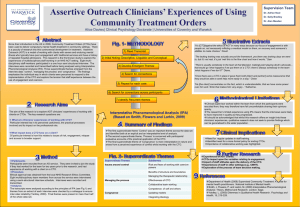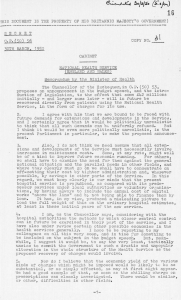
Can you Critically evaluate the current legal framework relating to Community Treatment Orders (CTOs) and analyse the impact on patient health outcomes for patients in England and Wales. Please draw up evidence from all countries in the world with CTO or similar provision and suggest how health outcomes could be developed in England and Wales. The current legal framework relating to Community Treatment Orders (CTOs) in England and Wales The impact of the current legal framework relating to Community Treatment Orders (CTOs) on patient health outcomes for patients in England and Wales Review of health outcomes of people receiving CTOs If CTOs were effective and were used effectively, they might lead to an overall reduction in requirement for in-patient treatment and a decline in the number of patients detained on treatment sections.10 Two older American randomised controlled studies (RCTs) of similar measures failed to find clinical benefits, but it has been argued that they had significant methodological drawbacks, for example, in that they excluded high-risk patients.11,12 Subsequent American studies have claimed to demonstrate benefits, especially when considered as part of a wider public health system involving the criminal justice system.7 Given the difference in psychiatric service provision, these studies may have limited applicability to the UK. The OCTET study, a RCT which was carried out soon after the introduction of CTOs, did not find clinical benefits.13 However, this study has been criticised as having significant methodological problems, such as again excluding high-risk patients and the fact that the CTOs were only used for a brief period of time.14,15 Small naturalistic UK clinical studies using before and after methodologies have reported positive outcomes.16–18 Swartz and Swanson (2015)15 suggested that RCTs may not be the best way to study these complex tools, and that larger, naturalistic studies may be more appropriate. A Care Quality Commission (CQC) 2009/10 report claimed that a third of CTO patients in England did not have a reported history of non-adherence or disengagement.19 There were two motivations for introducing CTOs in England and Wales2: to reduce ‘revolving door’ admissions associated with non-adherence with care by a small group of patients, and to allow treatment in the least restrictive setting, in accordance with the Human Rights Act (1988). While it was originally envisaged that around 10% of eligible patients would be placed on CTOs, the figure is currently closer to 30%.3 Since more CTOs are issued than are ended each year, the number of patients subject to CTOs has increased over time. Almost five thousand CTOs were issued in 2016–2017, with use varying between demographic groups: rates of CTO use for males (11.4 per 100 000 population) were almost twice the rate for females (6.6 per 100 000 population), and the rate for black and black British people (60.1 per 100 000 population) was almost nine times the rate for those of white ethnicity (6.8 per 100 000 population).4 Use also varies between National Health Service (NHS) (provider) Trusts.5 6 Review of best practice evidence for provision of CTOs: national and international evidence Initially current CTO provision and England and Wales will be reviewed with history of development of law related to CTO provision. Secondly, health outcomes for people receiving CTOs will be reviewed. Such health outcomes include adherence to long-acting antipsychotic injections (LAIs), emergency visits, hospitalisations, duration of hospitalisations, crimes and/or police involvement, compliance to treatment. Furthermore, association between level of Coercive elements of CTOs and health outcomes will also be investigated. Thirdly, best practice evidence will be reviewed in England Wales. Finally, I will gather best practice evidence available from international countries applicable to CTO provision. There are currently, key gaps in the knowledge of CTO provision. Community Treatment Orders have been in Scotland since 2005, but were availed in England and Wales in 2008. Community treatment orders (CTOs) have been available in Scotland since 2005 and in England and Wales since 2008. The provision of powers to compel in the community was controversial within the healthcare and legal professions, among those who use services and among organisations working on their behalf. Indeed, an alliance was formed in 2008 in England and Wales of 32 different organisations from all these stakeholder groups to express concern regarding the proposed introduction.1 In Scotland a CTO can be commenced in the community, whereas in England and Wales it can only be made when a patient is discharged from involuntary treatment in hospital. The most common discretionary conditions written into the orders are to take medication and to see clinical team members, although powers are potentially wider. In England and Wales the CTO is initiated by the clinician. This is entirely discretionary and there are no situations in which one must be used. In Scotland the decision to grant a CTO rests with the mental health tribunal, on the advice of clinicians and mental health officers. This allows considerable scope for variation in practice. Defferent factors influencing the variable use of CTOs have been proposed by Dawson,2 including: the legal structure of the CTO regime the community mental health services available the clinician's and practitioner's views about the possible impact of coercion on their relationships with patients the expectations of third parties. Attitudes of psychiatrists in England and Wales were surveyed by Crawford et al3 in 2000, when 45% of the 1171 respondents were in favour of a system allowing CTOs. In our survey of psychiatrists in England and Wales shortly after the introduction of CTOs this proportion had risen to 60%.4 Since their introduction in England and Wales, CTOs have been used extensively. The Care Quality Commission reported that 18 942 CTOs had been used in England and Wales by 31 March 2013 and on that date 5218 patients were on a CTO.5 The overall number of patients subject to a CTO shows a year on year increase of 10%.5 The only randomised controlled study of the effectiveness of CTOs1 included 333 participants and demonstrated no difference between those subject to a CTO and those not over a 12-month period across a wide range of outcomes. The study has proved to be controversial and engendered a number of critical commentaries.6 In Scotland, where CTOs have been available for longer, their use has also increased, to the extent that in 2013–2014 they accounted for 41% of the total number of compulsory treatment orders, reflecting a significant drop in the number of hospital-based orders (the remaining 59% of all compulsory treatment orders) and consequently, a continued shift to the community for people subject to compulsion.7 Given these trends, we decided to compare and contrast the views of psychiatrists north and south of the border.




